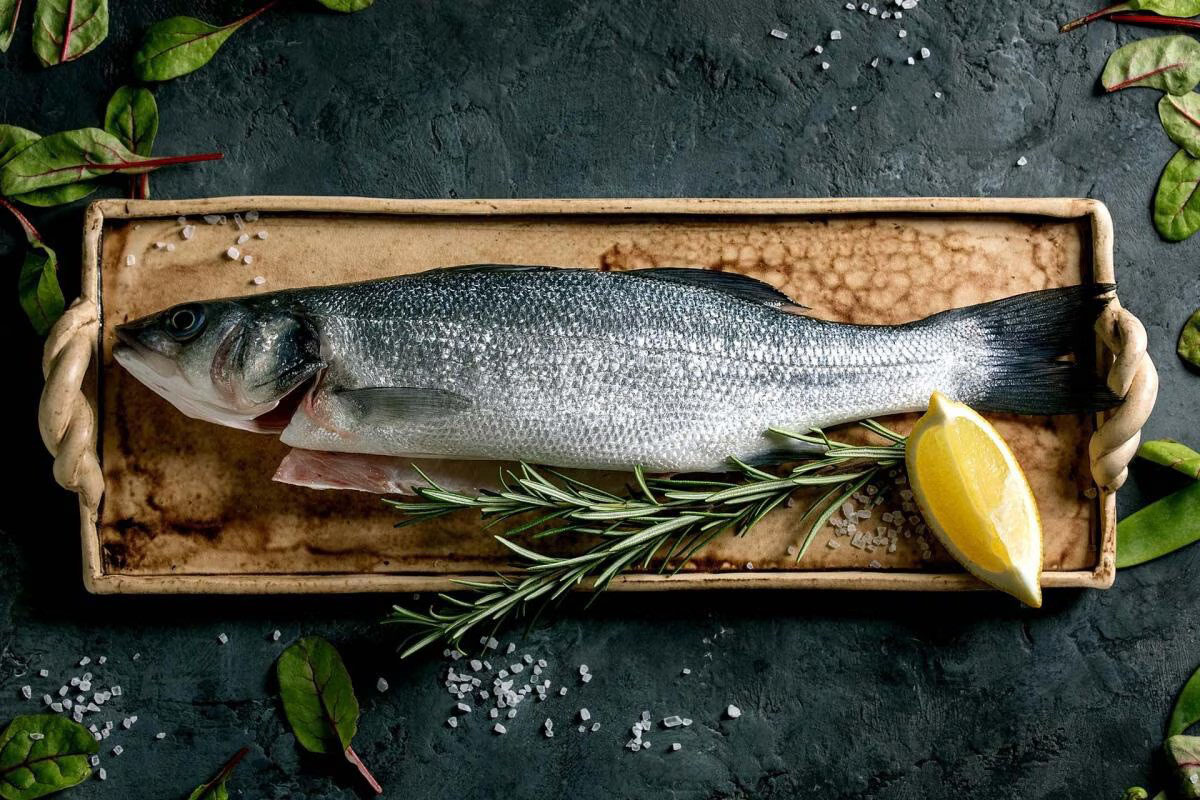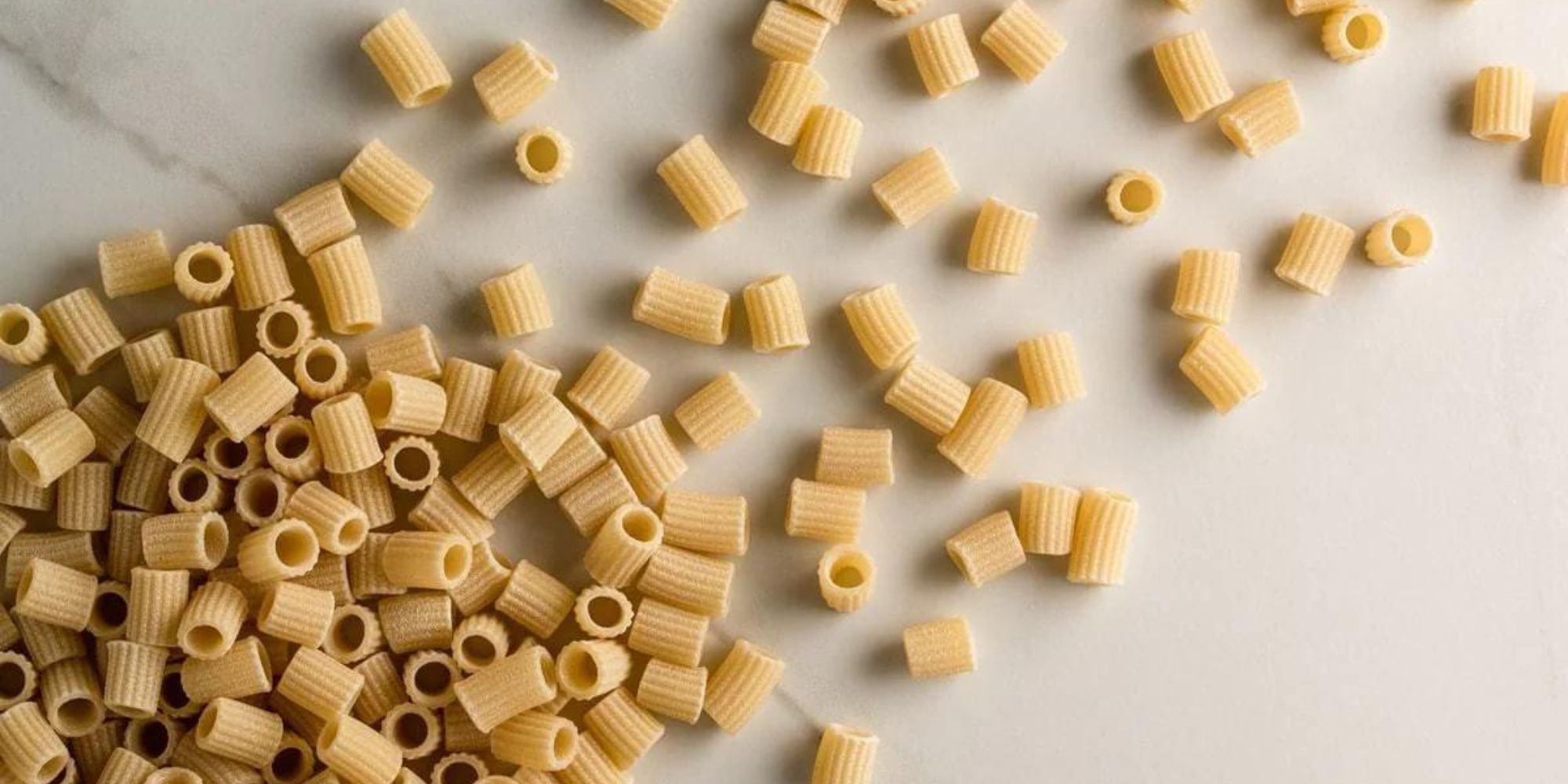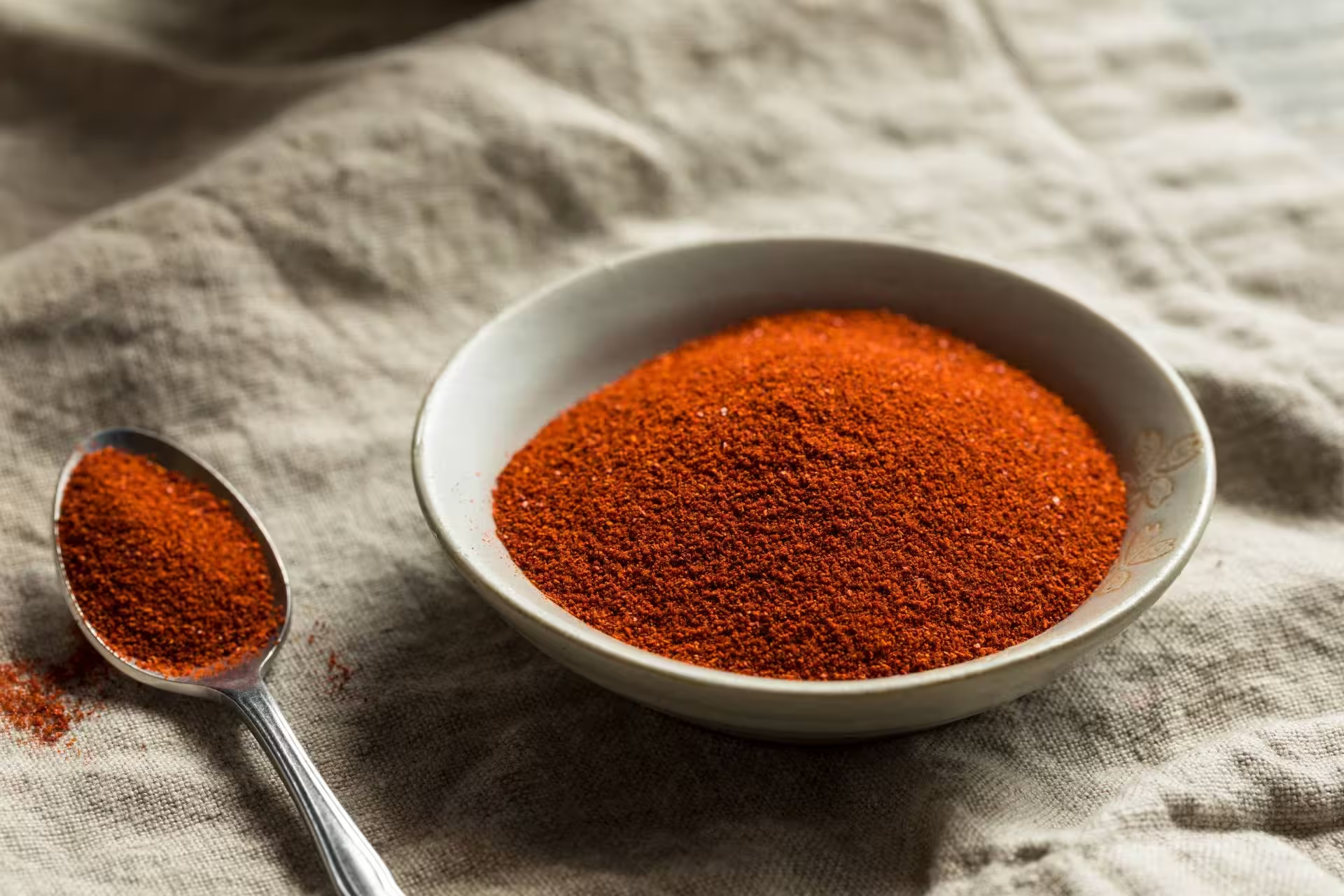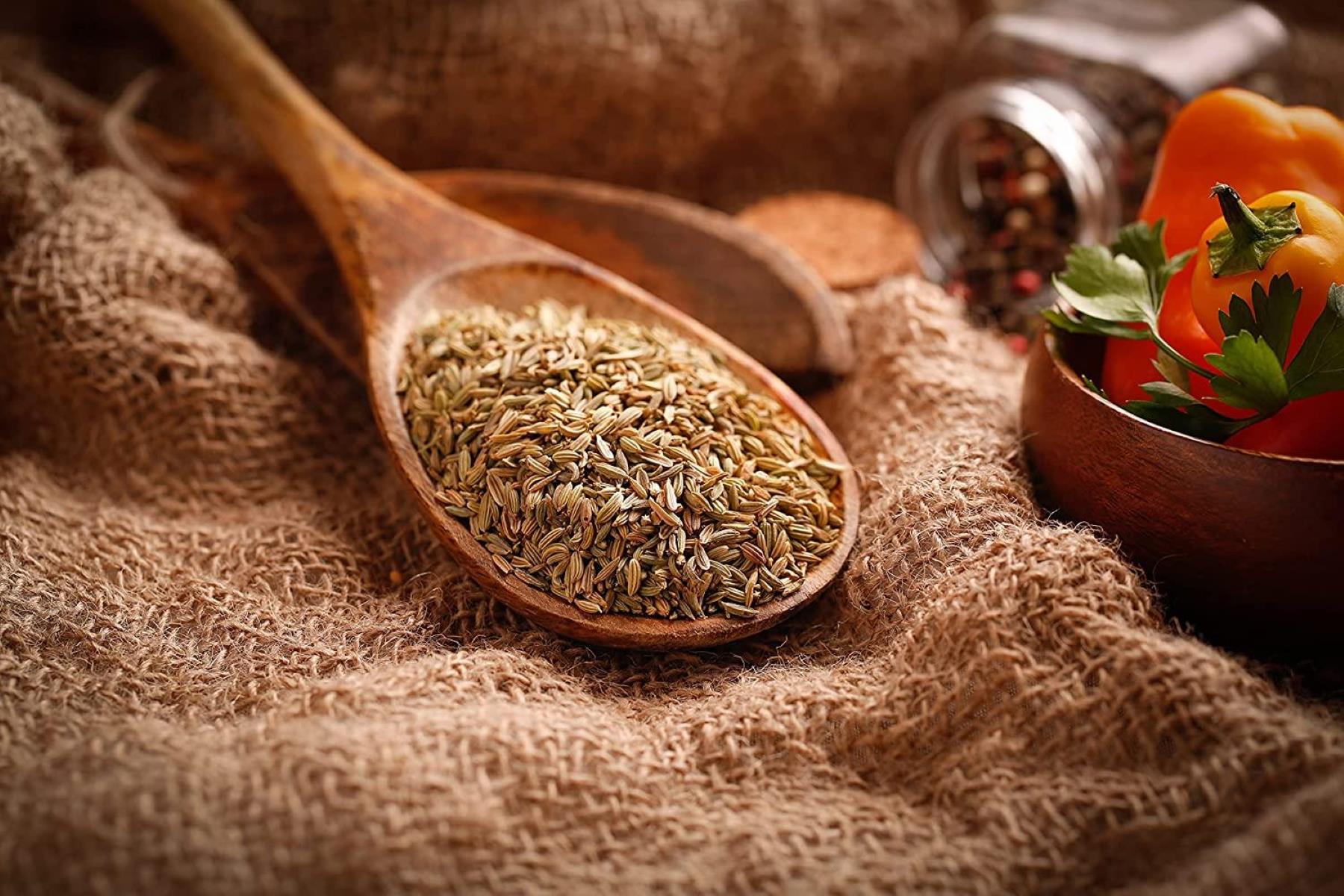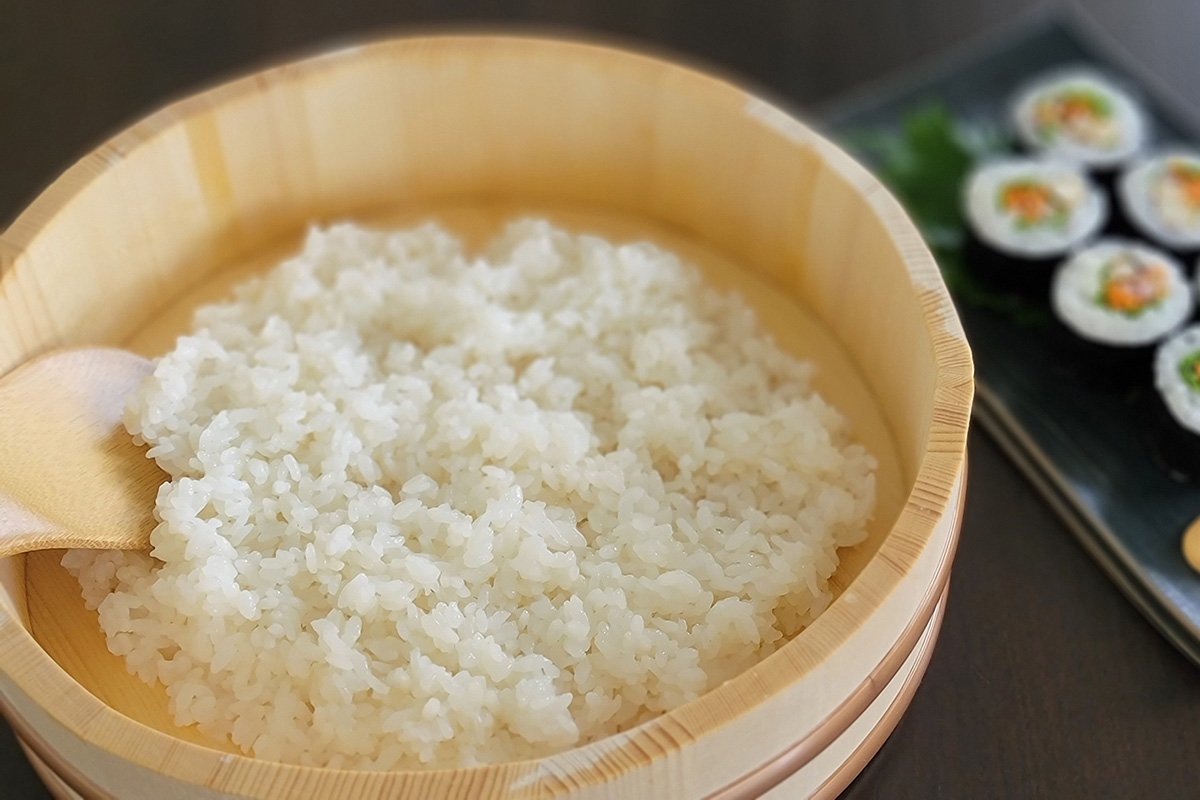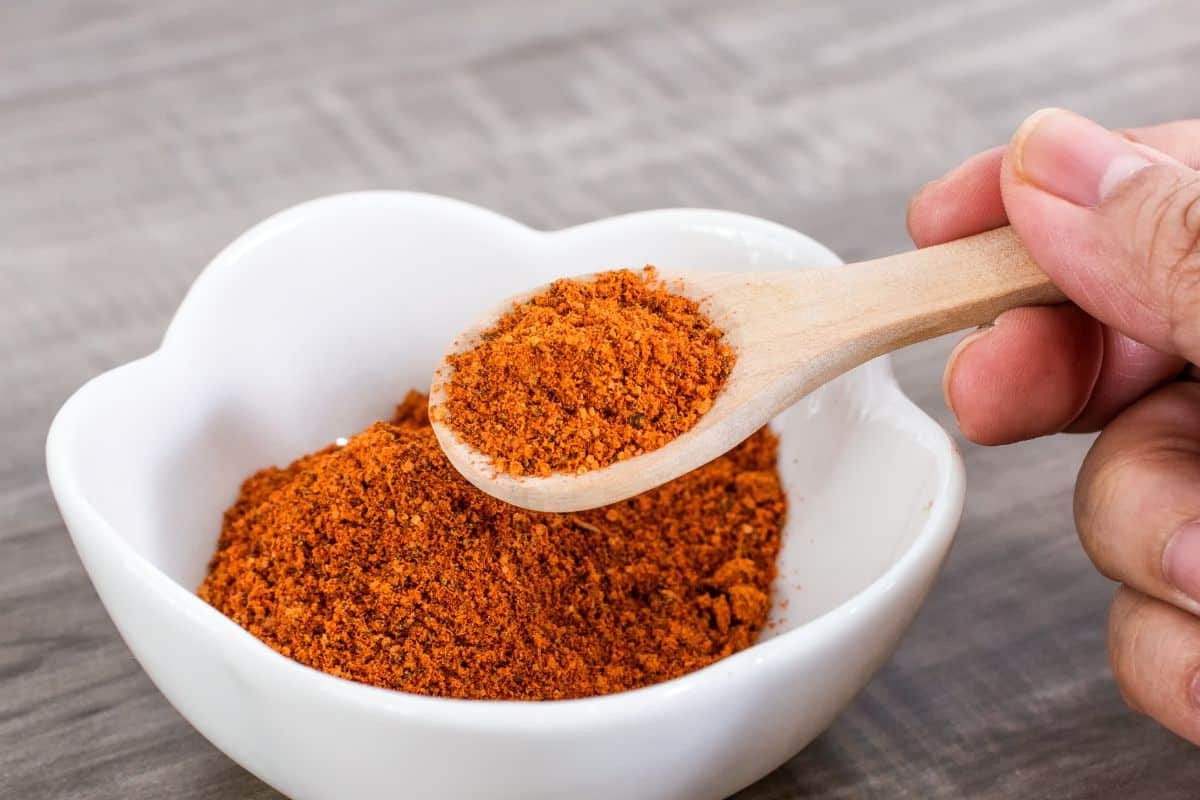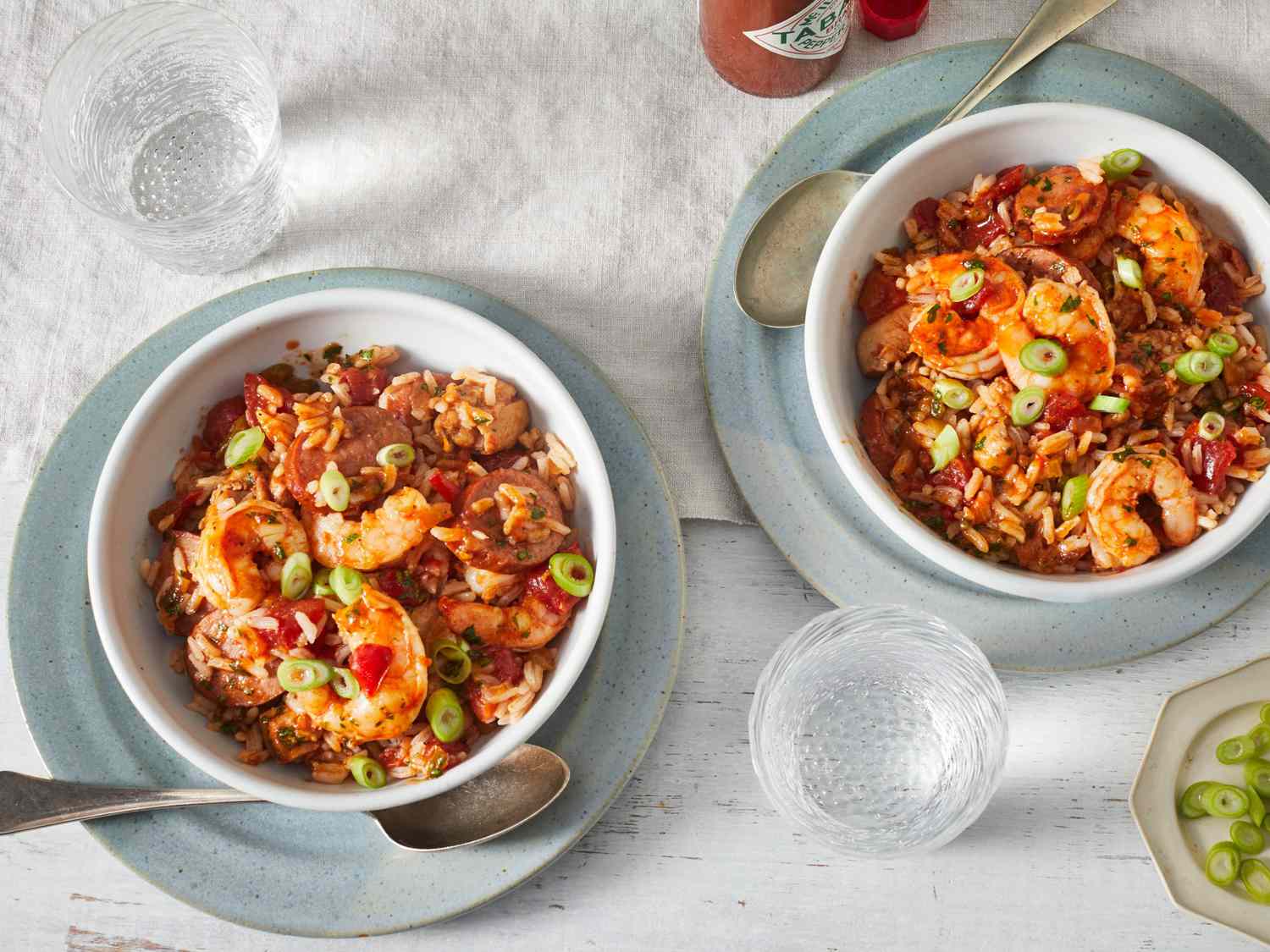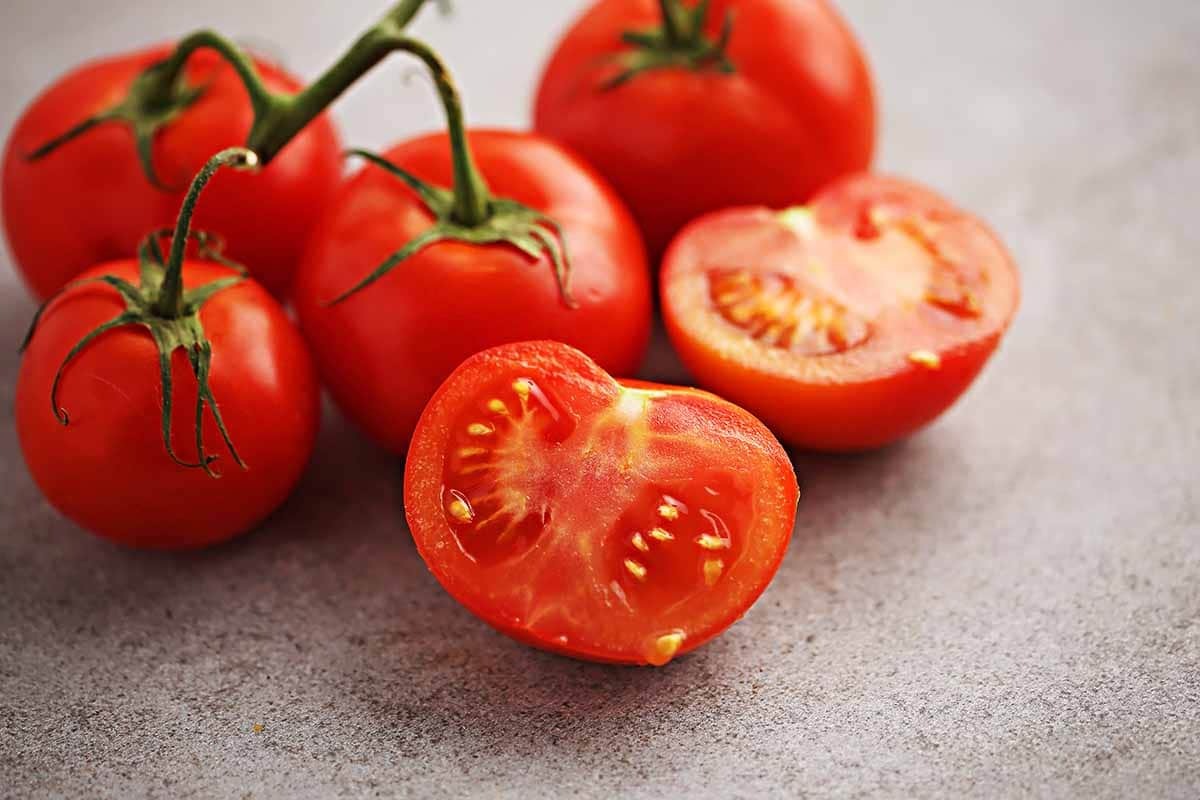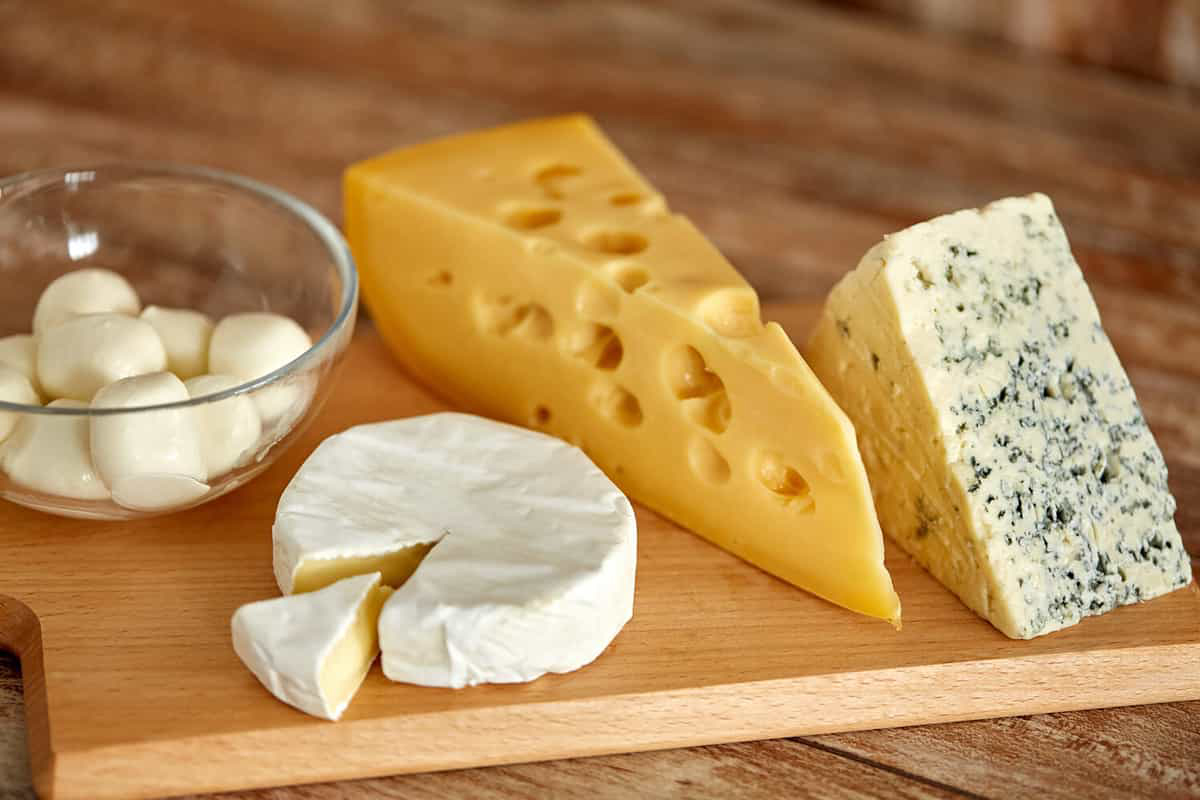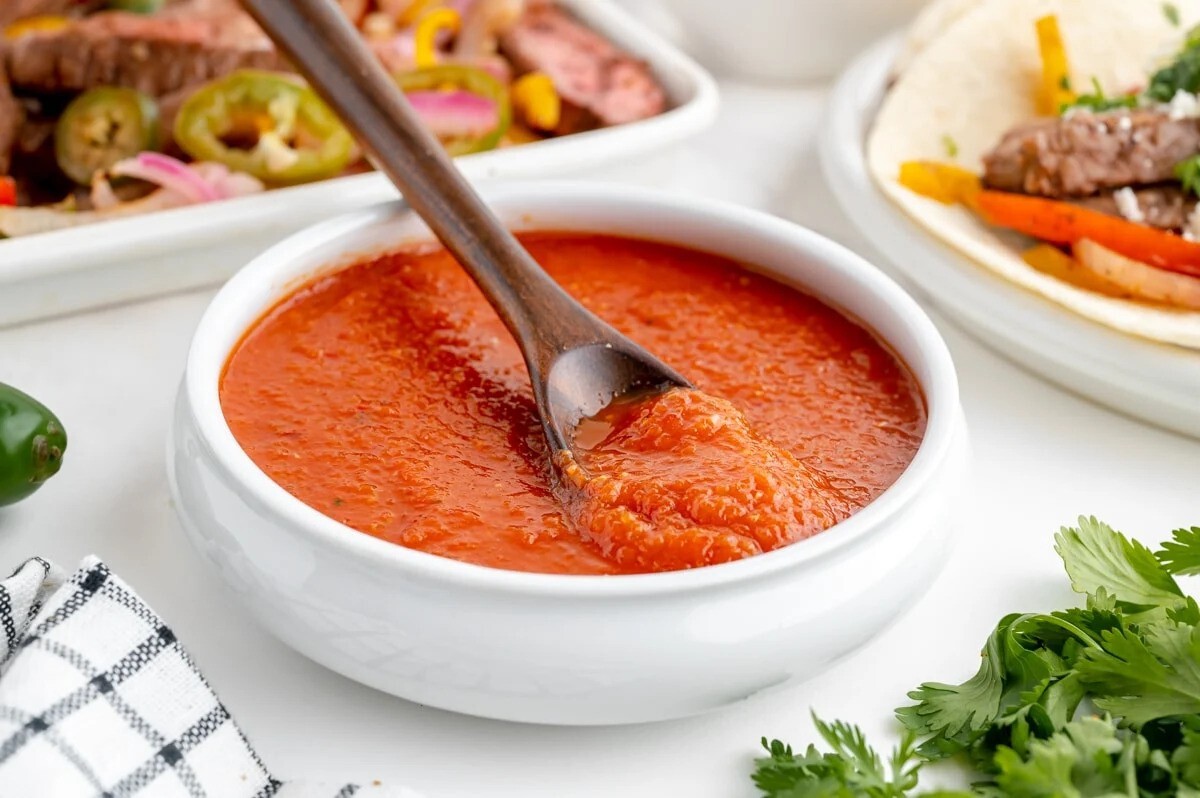The Trinity in Cooking: A Fundamental Concept in Culinary Arts
When it comes to cooking, there are certain foundational elements that form the basis of many delicious dishes. One of these fundamental concepts is known as the “trinity” in cooking. No, we’re not talking about the religious concept of the Holy Trinity, but rather the culinary trinity that serves as the flavor base for countless recipes.
So, what exactly is the trinity in cooking? Let’s delve into this essential concept and explore its significance in the world of culinary arts.
The Holy Trinity of Cajun and Creole Cuisine
In the realm of Cajun and Creole cooking, the trinity refers to a specific combination of three aromatic vegetables that form the flavor base for many dishes. This trinity consists of:
- Onions
- Green bell peppers
- Celery
These three ingredients are sautéed together to create a flavorful foundation for dishes such as gumbo, jambalaya, and étouffée. The trinity is a staple in Southern cooking and is essential for building depth of flavor in many traditional recipes.
Adaptations of the Trinity
While the trinity is closely associated with Cajun and Creole cuisine, similar combinations of aromatic vegetables can be found in various culinary traditions around the world. For example, in French cuisine, the combination of onions, carrots, and celery, known as mirepoix, serves as a flavor base for stocks, soups, and stews.
In Spanish cuisine, the trinity, referred to as sofrito, typically includes onions, garlic, and tomatoes, and is used as a base for paella, soups, and various meat and vegetable dishes.
It’s important to note that while the specific vegetables in the trinity may vary depending on the culinary tradition, the concept remains the same: a foundational combination of aromatic ingredients that provides depth and complexity to a wide range of dishes.
Significance in Culinary Arts
The trinity plays a crucial role in the culinary world for several reasons:
- Flavor Base: By sautéing the trinity ingredients together, cooks can create a rich, flavorful base for their dishes, setting the stage for the addition of other ingredients and seasonings.
- Aromatics: The combination of onions, peppers, and celery (or their equivalents in other cuisines) provides a fragrant and aromatic starting point for many recipes, enhancing the overall sensory experience of the dish.
- Tradition and Authenticity: In many regional cuisines, the trinity is a hallmark of traditional cooking, preserving the authentic flavors and techniques that have been passed down through generations.
Whether you’re a seasoned chef or an enthusiastic home cook, understanding the concept of the trinity in cooking can elevate your culinary creations to new heights. By mastering the art of building flavor foundations with aromatic vegetables, you can unlock a world of delicious possibilities in the kitchen.
Experimenting with the Trinity
While the trinity provides a tried-and-true flavor base for many recipes, don’t be afraid to experiment and put your own spin on this classic concept. Consider incorporating additional aromatics such as garlic, ginger, or herbs to customize the flavor profile of your dishes.
Furthermore, exploring different variations of the trinity from various culinary traditions can open up a world of new flavors and cooking techniques. Embrace the versatility of the trinity and use it as a springboard for your culinary creativity.
In Conclusion
The trinity in cooking is far more than just a combination of vegetables—it’s a fundamental concept that forms the backbone of countless culinary traditions. Whether you’re simmering a pot of gumbo, preparing a hearty stew, or sautéing a savory sauce, the trinity serves as a timeless reminder of the importance of building flavor from the ground up.
So, the next time you step into the kitchen, consider the power of the trinity and the transformative role it plays in creating memorable and mouthwatering dishes.
Was this page helpful?
Read Next: What Is Shrimp With Garlic Sauce?
smacmeetingroom
Meeting Room booking system reduce administration time and introduces a smarter meeting room booking system into the workplace.
